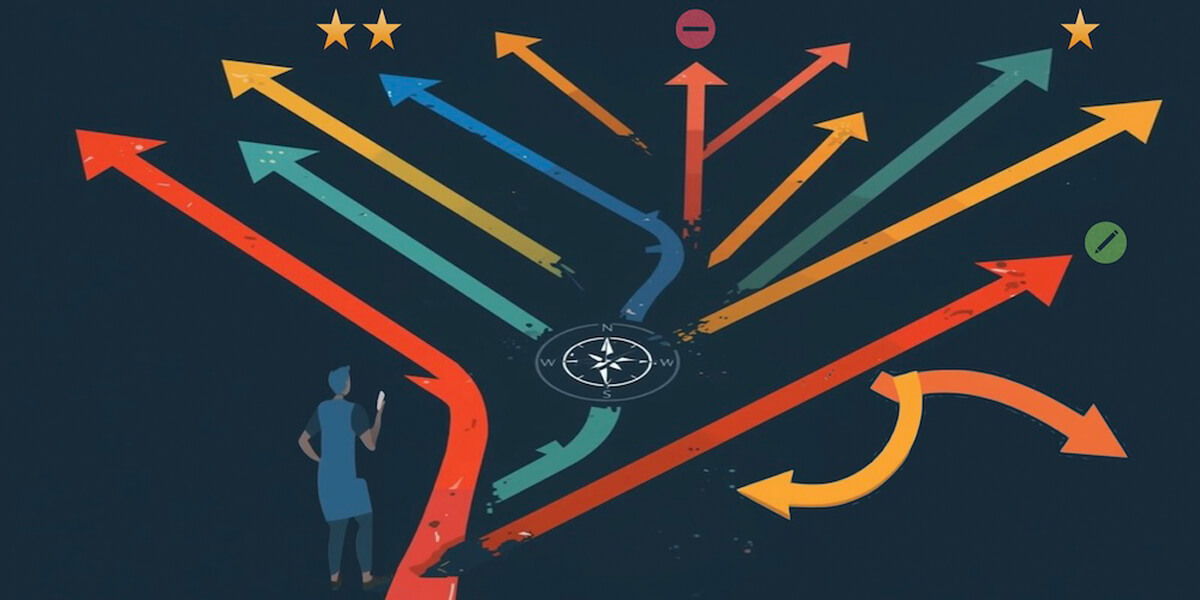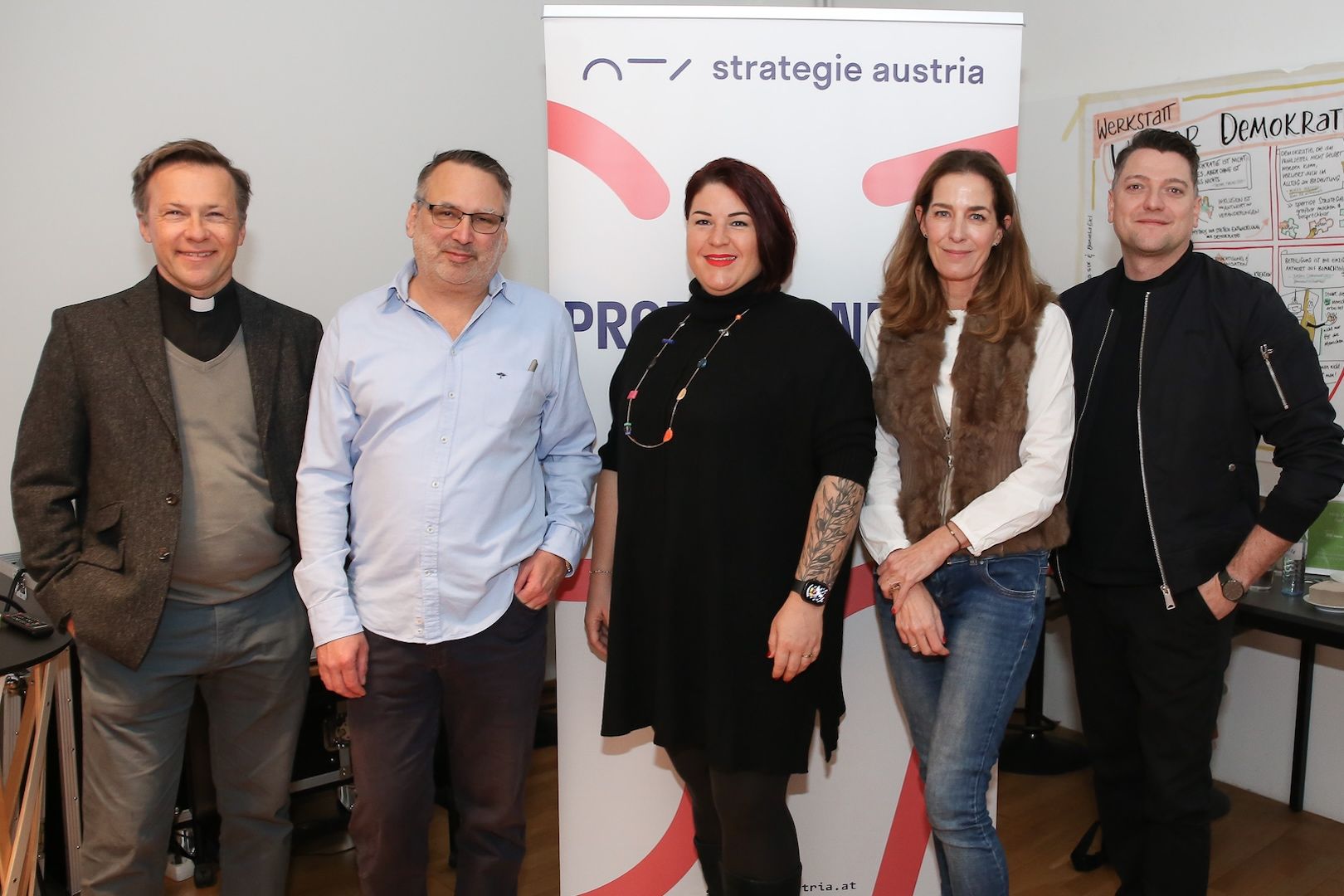Speculative Everything

Inhalt des Buches
The younger generation today doesn’t dream anymore – it only hopes. Seemingly never-ending climate, financial and political crisis have resulted in a fundamentally different future-mindset: The optimistic, uber motivated, overspending post-war "American Dream" generation has now been replaced by a generation that merely hopes that they will be able to survive, that catastrophes will be bearable, that the earth will still be livable when they’re old.
The authors, renowned design professors, summarize their decades of thought and research in this wonderful book, "Speculative Everything", which proposes a radical new role for designers – in my opinion, this can however also be more widely interpreted to include creatives – in this world we are living in.
Very convincingly, they argue that in our capitalist society, reality is shaped by consumption, and design has become too absorbed in this capitalist industry, using its imaginative superpowers too aligned with businesses to entice people to buy and want more (a quote I related with a lot: "helping to build feature-heavy electronic devices meeting the imaginary needs of imaginary users").
"Speculative Design" is what the authors propose as a new role they believe design should play – facilitating more critical thoughts and discussions among people about alternative, possible societal futures, through the use of visual/tangible objects or prototypes. Designers and creatives can be well equipped for this task, if only they can detach themselves from capitalist industry more actively – using their ability to imagine and question to speculate about wildly different future realities that are closer to the ideal that we wish to bring our realities closer to.
This is important, because true societal change can only start from the individual. In today’s society, where all the nations in power are fossil fuel nations and thus intricately tied in every possible sense to the rules of the game based on fossil fuel economy, it will take too long for top-down change to really create meaningful societal change.
However, the individuals are also already entrenched in consumerism – we are more or less defined by the things we buy. For the individuals to really change their behavior, the individual needs to be "presented with many options to be able to form an opinion." And this is where the designer’s role becomes important – to dream of alternate possibilities and then to make it tangible, visible, easily understandable. Not to show the one utopia that can be the answer to all, but rather to create platforms that will facilitate discussions and comparisons – with the goal of making it easier for individuals to imagine and debate the pros and cons of each alternate possibilities, and to "hope better".
A good example of Speculative Design work output is the Eneropa project by Rem Koolhaas’ think tank, AMO.
(...) part of a study for the European Climate Foundation called Roadmap 2050 looking at energy strategies for Europe. The main idea is to run Europe on a shared grid of renewable energy. Although the project consists of a substantial report, it is one image that catches our attention, a fictional map of an alternative Europe with regions renamed according to their main source of renewable energy – Isles of Winds, Tidal States, Solaria, Geothermalia, Biomassburg, and so on. It is a simple image for a complex idea but it is effective and can easily facilitate debate and discussion about shifting European identities due to shared energy sources among the public, policy makers, and the energy industry.

Take-Away in Kürze
Designers and creatives can use their superpowers for a much better purpose – to speculate alternative possible futures, and help others think about it more as well.
Mein persönlicher Aha-Moment
"Designers today are expert fictioneers in denial."
Confession: I’ve always been a bit embarrassed of the fact that even though I love books, I cannot read non-fiction books. I can’t concentrate on any non-fiction book after the second page, whilst I have no problem reading 500-page fiction books. That always made me feel somehow inferior, as if I only like the easy, childish things – stories and novels and literature. To be completely honest, this was the first non-fiction book I’ve read from cover to cover since 3 years.
But reading this book (and seeing the endless list of amazing fiction book suggestions that are close to speculative design, which I will attach at the end of this post) has made me realize I do not need to be ashamed of this. Rather, I can see this as a proof of my superpower as well, someone who spent her entire career in creative strategy and loves to imagine in words – and empowered me to start thinking about the many ways in which I could use this superpower in a better, more meaningful way.
Der Grund für den Kauf war
I heard about this book in a sustainable leadership training at our company, Accenture, that was done in partnership with Hyper Island. The book is actually more than 10 years old, so I’m way late to the party – but I had never heard of it before and everything still sounded so intriguing, I had to read the whole book.
Meine Verkaufsheadline für das Buch
The guidebook for all creatives who’re questioning themselves about sustainability.
Das Buch ist ein Muss für
People who cannot seem to stop reading stories and literature.
People who are drawn to thinking about ideas, about alternatives.
People who therefore have been working in the "creative industry" but are wondering if they’re putting their skills to the right direction, for the right purpose, if this is all there is to it.
People who are interested in both (potentially paradoxical) things: creativity + sustainability.
Additional goodie 1: Two golden quotes from the book
We need to build audiences rather than targeting them. Museums can become laboratories for rethinking society, places for showing not what already exists, but more important, what is yet to exist. (Paola Antonelli, Senior Curator of Design, MoMA)
(Design can be) the stable platform on which to entertain unusual bedfellows. The glue for things that may not be naturally sticky. The lubricant that allows movement between ideas that don’t quite run together. (Ken Arnold, Wellcome Trust)
Additional goodie 2: An amazing reading list, comprised of the most interesting-sounding books mentioned in this book
The Space Merchants (1952), Frederik Pohl & Cyril M. Kornbluth – Set in a society where the highest form of existence is to be an advertising man and crimes against consumption are possible.
Pastoralia (2000), George Saunders – Fictional prehistoric theme park where workers are obliged to act like cave people during working hours and try to negotiate a friendship around the rules, contractual obligations, and expectations of visitors.
Red Plenty (2010), Francis Spufford – What would have happened if Soviet communism had succeeded and how a planned economy might have worked.
The Book of Dave (2006) Will Self – A future society built around a book written hundreds of years earlier by an alcoholic, bigoted, and crazed London taxi driver going through a messy divorce.
The City and the City (2009) China Miéville – Poetic and contemporary ideas about artificial borders. Two cities coexist in one geographical zone, in one city.
How to Live Safely in a Science Fictional Universe (2010), Charles Yu – Protagonist Yu is a time travel technician living in his time machine, with a job to rescue and prevent people from falling victim to various time travel paradoxes.
Abbott’s Flatland : A Romance of Many Dimensions (1884) – Interactions between worlds with different dimensions, 1D, 2D, 3D… When a sphere passes perpendicularly through 2D land, none of its inhabitants understand how the bit they see, a disc, can expand and contract in the way it does.
Super Sad True Love Story (2010), Gary Shteyngart – near-future dystopian New York where life is dominated by media and retail.
England England (1998), Julian Barnes – the idea of replicating England in a theme park on the Isle of Wight. It calls into question ideas of national identity, invented traditions, the creations of myths and the authenticity of history and memory.
Happiness TM (2003), Will Ferguson – the story of a self-help book that causes the end of the world as we know it.
Happy speculating! :)



